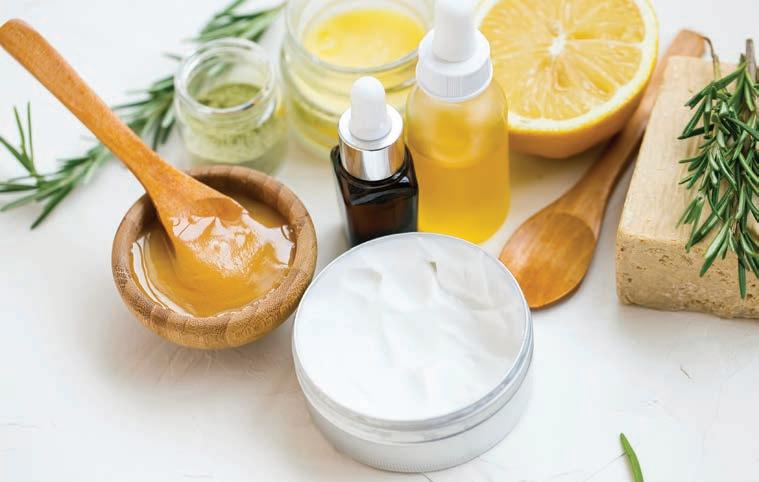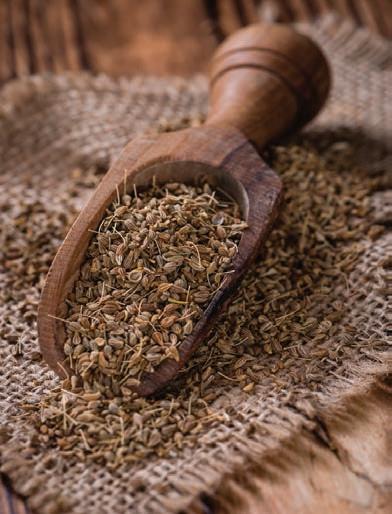
8 minute read
RECIPE
TENDERLOIN
WITH ANISEED GLAZE
Advertisement
By Nellie Palmer
INGREDIENTS
• 2 lb pork or beef tenderloin • 2 tbsp pink sea salt • 2 tbsp olive oil • 2 tbsp honey • 4 tbsp strawberry balsamic vinegar • 1 cup chicken broth homemade or low sodium • 1 tsp thyme chopped fresh • 2 tbsp butter unsalted • 2 tbsp truffle oil • 1/4 tsp aniseed ground • 1/4 cup figs finely chopped • 1/4 cup fresh squeezed orange juice
DIRECTIONS
Preheat your oven to 400 degrees F. If you are making a beef tenderloin, use cooking twine to tie around the filet in three or four places to hold the tenderloin together. Lightly season the filet with salt. In a cast iron skillet, heat olive oil and brown the filet on each side for about three minutes or until browned on each side. This should take about 12-15 minutes. Remove the cast iron skillet from the stove top and bake in the oven for approximately 20-25 minutes, or until cooked to your desired taste.
Searing and oven time combined should be about 45 minutes. Allow the meat to rest for 15 minutes before serving. While the filet is resting, place the honey, balsamic vinegar, chicken broth, orange juice, thyme, butter, truffle oil, aniseed and figs in a blender and blend until smooth.
Then heat in a saucepan. Once it comes to a boil, reduce and simmer for 10 minutes. Slice the filet, arrange the slices on a plate and drizzle the glaze over them. You can also garnish this dish with fresh salad tossed in a light rice vinegar dressing.
Internal Temperature Chart: Rare - 115° - 120° F Medium Rare - 120° - 125° F Medium - 130° - 135° F Pork Tenderloin should be cooked to 145°F
Welcoming to Your Bees Outdoor Space

By Whitney Price
Even small children are aware that bees have the potential to sting humans. Thus, on first seeing the title of this article, you'd be forgiven for wondering why someone would wish to attract bees to their garden. Bees, like many other creatures, are often unfairly maligned.
While it is true that bees can sting, they will only do so if they perceive their lives to be in danger. Once a bee stings a human, it will die. In truth, bees are gorgeous, fuzzy endearing little creatures. They are charming and attractive to look at. Bees are not just aesthetically appealing. They do the world at large a great service. If it were not for the humble bee, the food you eat every day may well become a great deal more expensive.
Bees are pollinators, and they do this job for free as they fly from one flower to the next. This means that bees fertilize crops. Without them, farmers would have to pollinate crops manually. This would cost billions of dollars every year.

Bee Survival
Fortunately, it doesn't take a great deal of effort to attract bees to your garden. It's something that anybody can do if they so wish. It all starts by considering what bees need in order to survive and thrive. Fundamentally, bees require what all other creatures need to ensure their survival. They can and will thrive if they have adequate food, shelter, and water. You can easily supply bees with all three of these things in your own garden or outdoor space.
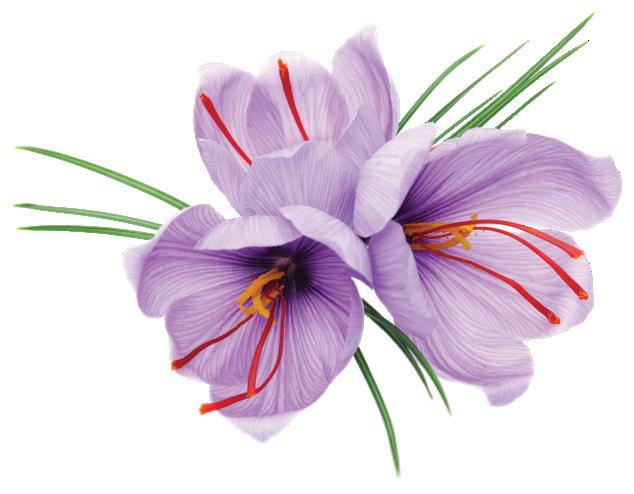

Flowering Plants
Bees rely on flowering plants for all of the food they eat. Every day of its life, the worker bee will make its mission to gather food. This food is nectar and pollen.
There are some flowers that bees prefer over others when it comes to the nectar and pollen they consume. To fill your outdoor space with culinary delights for bees, simply choose from an assortment of trees, shrubs, flowers and herbs that they are known to enjoy.
Bees are partial to nectar and pollen produced by apple trees, hawthorn, ivy, honeysuckle, abelia, pussy willow, mahonia, crocus, snowdrop, sedum, lungwort, phacelia, perennial wallflowers, moderna, winter aconite, rosemary, chives, sage and marjoram. Planting some of these in your garden will ensure that they have food to eat.
Bee Shelter
You can very easily provide bees with adequate shelter in your garden, too. There are many ways of supplying bees with a nest to shelter in. You will find many tips and ideas about this on the Internet. You can choose whichever suits you and your means.
Do you have a drill in the family toolbox? Is there an old chunk of wood lying around somewhere? Supplying bees with a home can be as simple as using a drill to bore holes in an old piece of wood in order to provide a quick and easy nest for them.
You can also put any plastic water or soda bottles you may have amassed to good ecological use by using them to build a nest for bees. To do this, begin by cutting the tops off the bottles. Next, arrange the bottles together in a wooden or metal, four-sided rectangle or square structure. A large box without a top will suffice. The end with the top cut off should be facing outwards. Finally, fill the bottles with lengths of old pieces of grass, pieces of twig and hollow flower stems.
If you can't be bothered with the rigmarole of constructing your own bees nest using plastic bottles, you can still provide a nest for bees if you have a little extra cash with which to do so.
You can buy a ready-made nest for bees from many online outlets. You also have the option of buying a bees nest from many brick and mortar stores. Simply peruse what is available and choose a product you like.

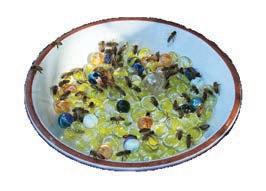
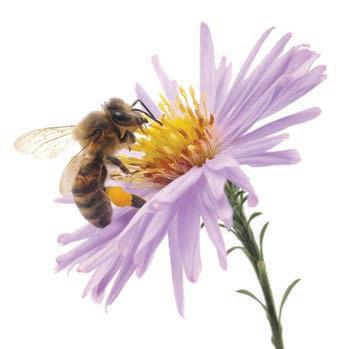
Bee Hydration
Bees also require water, so do not forget to ensure that you provide them with a source. To provide bees with water, simply leave a large plastic vessel in your garden close to their nest. Over time the vessel will fill with rainwater providing the bees with the hydration they need to survive. Now Enjoy
Hopefully, you now understand how easy it is to create a bee-friendly garden, and why it's such a positive thing to do. This move will benefit you and your family directly, too. It means you can look forward to tending and enjoying your bee-friendly outdoor space during the clement weather months every year. Spending time outdoors enjoying nature is always wonderful.
APRICOTS
SOON THE COLORS OF WINTER WILL DRIFT AWAY LIKE LEAVES IN THE WIND AND MAKE WAY FOR THE VIBRANCY OF SPRING. FOR FRUIT LOVERS THIS SIGNALS THE BEGINNING TO A BOUNTIFUL TIME OF THE YEAR WHERE FRESH PRODUCE BEGINS TO SWING BACK INTO SEASON. ONE OF THE FIRST PLANTS TO BLOOM IS THE APRICOT TREE, AND LUCKY FOR US IT YIELDS A FRUIT BRIMMING WITH HEALTH BENEFITS AND FLAVOR.
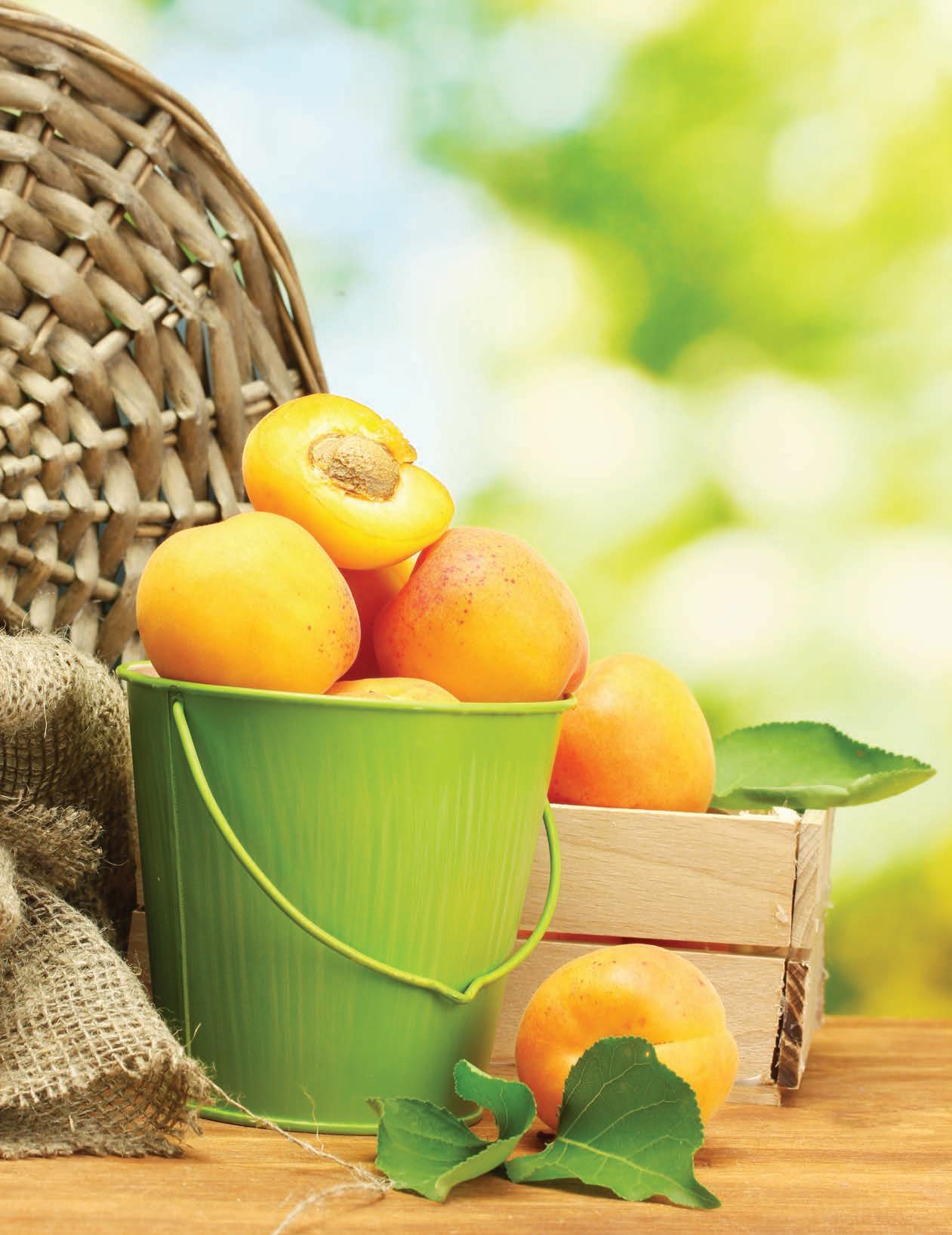
By: Christian Dischler
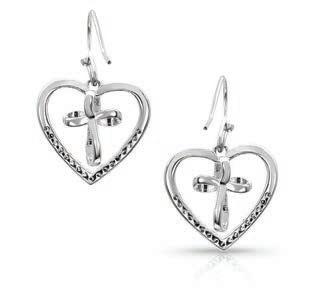
Apricots carry an abundance of amino acids and minerals in their sweet flesh and tangy skin. While magnesium and selenium headline this list, an underrated benefit the fruit provides is assisting the body's vitamin B12 production. Compounds in the fuzzy skin help to clear out unwanted yeasts and molds in our systems, allowing B12 to perform at peak functionality. In addition, the fruit's flesh impedes our body's ammonia supply, an intrusive gas causing widespread issues ranging from our mouths to our gut. Simply ingesting one fresh apricot a day can give your body comprehensive rejuvenation, stabilize your energy levels and clear brain fog. But it's also a strong component in fighting specific ailments you might be experiencing. Cancer, gallstones, celiac disease, acne, asthma, chronic fatigue, diabetes, and Raynaud's syndrome are only a few of the conditions that apricots are known to help. Taking into account the versatility of this fruit it's hard to imagine why you wouldn't want to begin including them into your dietary plans. On top of their benefits for conditional problems, they also target certain symptoms you may be suffering: nausea, tiredness, unquenchable thirst, gum pain, shortness of breath, bloating, and countless others. So how can you maximize these benefits and ensure you're getting the most out of this adorable fruit? Begin by shopping for fresh apricots preferably from somewhere nearby. Fruits and vegetables maintain optimal nutrition the less time they
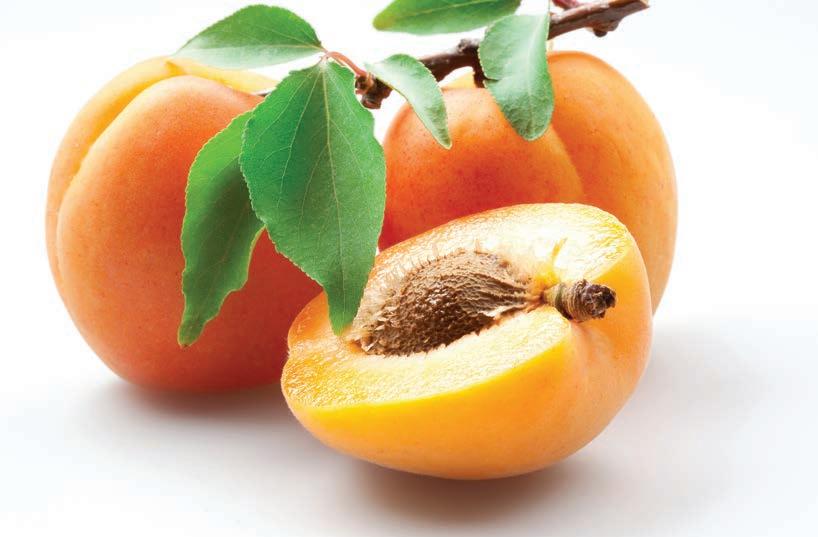
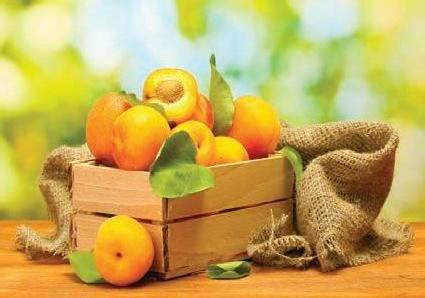
spend traveling to get to you. The bodies to receive their bioactive commajority of apricots in the US are pounds more readily. grown in California, while some may Including apricots in your diet is easy be imported depending on the sea- considering how delicious and versatile son. Dried apricots retain a surpris- they are. Try slicing some to put on a ing amount of their nutrition when savory grilled cheese with rosemary or compared to other dehydrated fruits, making some hot pepper apricot jam. but if going this route be sure to The possibilities are as endless as their purchase ones that are sulphur-free. benefits. The ideal amount to consume each day is 4 apricots, but one is better Something 19665 than none. For fresh apricots it's imperative specialto allow the fruit to ripen before enjoying them. This for everyone in your life can be a dance with temptation but it's well worth the wait. Not only will the flavor improve but their health benefits will also be heightened. If you've mastered Montana the patience of Silversmith waiting for fruit to ripen then you'll enjoy this next tip.
Try to consume apricots after 3pm, when their nutritional value peaks, encouraging our



